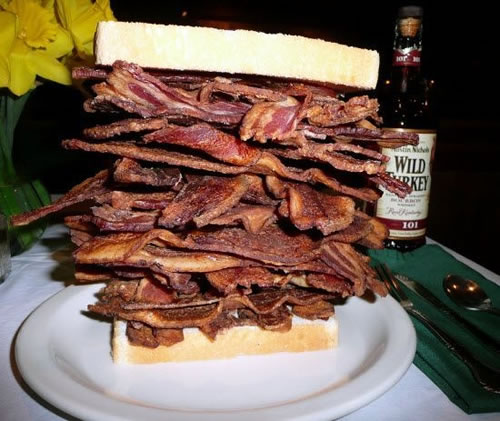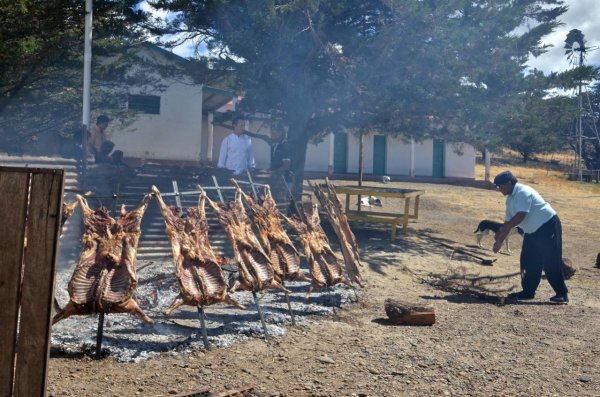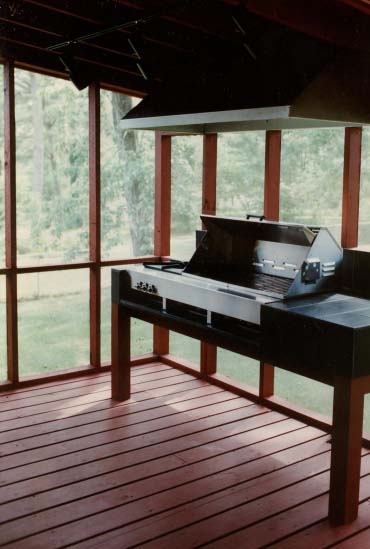I don't think that would be a very good idea. If you think about it, the aims of cooking steak are:
1. Develop Maillard flavours (more browning equals more flavour)
2. NOT overcook the interior.
The problem with most methods of cooking steak is that the heat is not ferocious enough to fulfil both aims, particularly if you have a thinner cut of steak. When cooking steak, you HAVE to think about how heat travels through the meat. This is pretty evident when you cut into the steak. A poorly cooked steak only has a thin sliver of medium rare in the center, with most of the steak overcooked. A well cooked steak has more medium rare, with only a thin band (perhaps 1mm) of the surface overcooked.
To illustrate, here is a picture from a site that purportedly teaches you how to cook steak. Notice the thick band of overcooked meat in their medium rare steak:
And this is one that I prepared earlier. Notice how the entire steak is medium rare, from surface to surface, with only a tiny band of overcooked meat and a well browned crust:
I can tell you that if you were to use the method suggested, the way the heat travels through the meat would result in a steak that looks more like the first picture than the second with the likelihood that the surface will not be browned enough. Why? Because you need heat ... and A LOT OF HEAT ... to get nice browning. A pre-heated slab of cast iron won't do it.
I'm not sure if I have posted this method on WBF before, but Heston Blumenthal has developed a method to cook a steak by flipping it often. Using thermal imaging, he showed that the side away from the pan loses heat very quickly. The traditional method of cooking steak calls for leaving the steak unmolested for a set time and then flipping it once. What this will do is overcook a band of meat without adequate crust formation. Frequent flipping provides little pulses of heat to each side of the steak in 15 second intervals, which means the steak cooks more evenly, more quickly, and with a better crust.
I have pushed this method even further. This method actually selectively heats the surface of the steak. I haven't seen it published anywhere else, so I think I can claim it as my invention

This is what I do:
- 15 seconds on one side
- flip, 15 seconds on the other side
- remove steak from pan and rest for 15-30 seconds. During this time, heat escapes from BOTH surfaces of the steak. In the meantime, the pan heats up and starts to caramelize meat particles already on the pan. Remember that Maillard reactions are autocatalytic - meaning that you get more rapid browning if there are already Maillard molecules present. By the time the steak is returned to the pan, the pan is incredibly hot.
- repeat until the steak is cooked.
This method works well for thinner cuts of steak, OR if the heat source is inadequate. For thick cuts of steak, I still recommend two stage cooking (as in my other thread).






